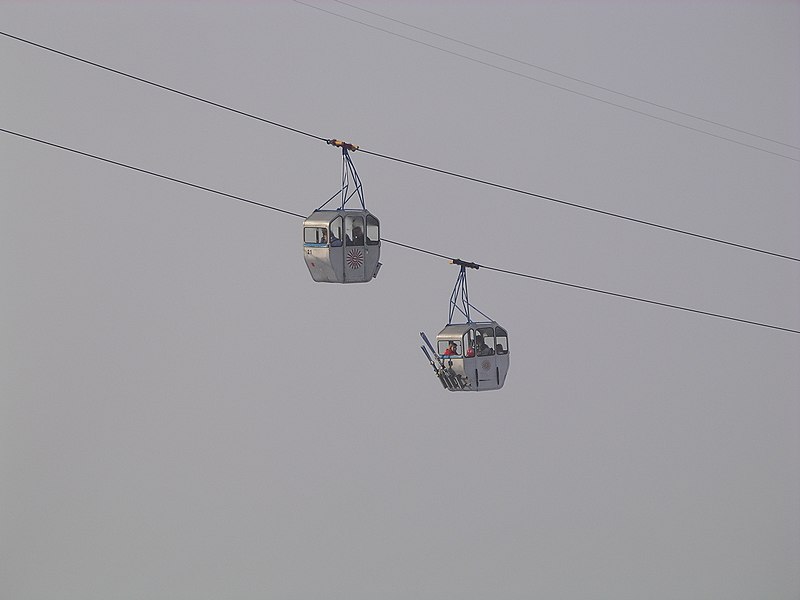There are many more consequences resulting from Climate Change beyond ecological devastation and increasingly strong super-storms. One such consequence occurs each passing day. Little by little the Earth’s ocean levels are rising, resulting in many possible floods zone in and around coastal areas. This means that coastal communities are at high risk for future inundation. In their article “Identifying Sea Level Rise Vulnerability using GIS: Development of a Transit Inundation Modeling Method” Oswald and Treat utilize Geographic Information Systems (GIS) to make models of communities whose transit would be the most impacted by future potential flooding. Their study uses Philadelphia’s transit system (which includes both busses and trains) as a case study for their Transit Inundation Modeling Method (TIMM) considering that this large city lies on the side of the Delaware river.
“TIMM is based on a five-step process that can be applied to transit agencies to identify vulnerabilities. The process is repeatable, straightforward, GIS- based, and uses publicly available geographic data. The five steps include: (1) Define Study Area, (2) Gather Data, (3) Create Inundation Layers, (4) Analyze Data, and (5) Synthesize Results and Recommendations”(Oswald 2013, 3). According to the Intergovernmental Panel on Climate Change (IPCC)’s 2007 report, “these levels will increase between 0.18 to 0.59 meters over the next 100 years... Furthermore, current IPCC data compared to predicted values show that these predictions may be underestimated (Rahmstorf et al, 2007). Worst case scenario values include a 5.0 meter increase of world sea levels due to catastrophic collapse of the Antarctic ice sheets (Vaughan, 2006)”(Oswald 2013, 2).
The given predictions by the IPCC indicate a key vulnerability to be added into the data section of the TIMM. Taking this information into account and layering geo-referenced historic maps of Philadelphia’s transportation systems, the authors were able to create maps modeling the impact of climate change on Philadelphia’s public transportation system.
One such concern highlighted in this study was exemplified by the aftermath of Hurricane Sandy which flooded most of the Northeastern United States. In New York City, there was a massive amount of flooding specifically in the Subway system. Oswald and Treat cite that “In particular, since railways are often located in low-lying areas, they are specifically at-risk to flooding of underground tunnel and rail tracks, erosion of the rail base, and reduced clearance under bridges”(Oswald 2013, 2). As seen on the map below, this concern is relevant to Philadelphia’s extensive rail routes.
After utilizing GIS, Oswald and Treat strongly recommend that Philadelphia adapt a TIMM to best predict which areas of transit are at the highest risk for inundation and for those areas to be granted adaptation plans that would allow for necessary changes to be made to transit systems before climate induced disasters and gradual flooding.
Perhaps it’s time to start investing in city gondola lifts!
http://upload.wikimedia.org/wikipedia/commons/thumb/c/cd/Gondola_lift_lucerne_2006.03.18.jpg/800px-Gondola_lift_lucerne_2006.03.18.jpg
Oswald, M. R., & Treat, C. C. (2013). Identifying Sea Level Rise Vulnerability using GIS: Development of a Transit Inundation Modeling Method. International Journal Of Geoinformatics, 9(1), 1-10.





I was gonna take the train, but...I mean...it's kind of underwater. Very compelling argument for the relevance of climate change in our lives. The 5 meter increase which would inundate the entire transit system, I wonder what the timeline/likelihood of that sort of change is. In the US, I imagine this is critical for cities like NY, Boston, New Orleans (obviously but they don't have as massive of a transit system), etc.
ReplyDeletePerhaps you are missing the obvious solution: real underwater train-ing.
DeleteMaybe that was a joke, but I would actually love to have a city gondola lift.
ReplyDeleteMany people don't realize this but one foot increase in sea level from melting ice would put miles of Texas coastline underwater. There are some studies saying how Houston may be underwater some day. Hopefully it does not come to that and articles like this get peoples attention before that happens.
ReplyDeleteWith climate change becoming such a real threat to our world, it is not surprising that GIS users have hopped on it and used it as a chance
ReplyDeleteto help map the consequences. Climate change is effecting flooding and making hurricanes more and more frequent. Even though climate change
has been proven for the most part, GIS could help convince more people to pay attention. Especially by tracking things as devastating as hurricanes and flooding.
Considering the high density of large cities near the coast globally, aside from Japan, it does seem like a global problem that we should be working together on.
ReplyDeleteA responsible government would want people to move away from the cost but the only real influence they have is money. Perhaps a government tax in cities on the coast that goes to FEMA? Or legislation that stops major new infrastructure within 100 miles of the coastline? Its definitely a tricky problem to try to minimize desire to go to shoreline property.
Also, John; I believe the city of Austin was looking into city-wide gondolas to offset I-35 traffic. they'd go around 10-15mph. Your dreams may come true sooner than you think.